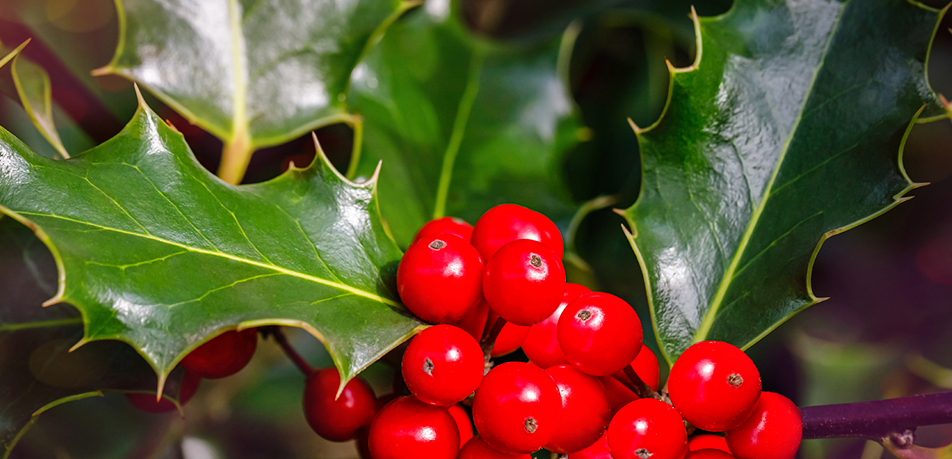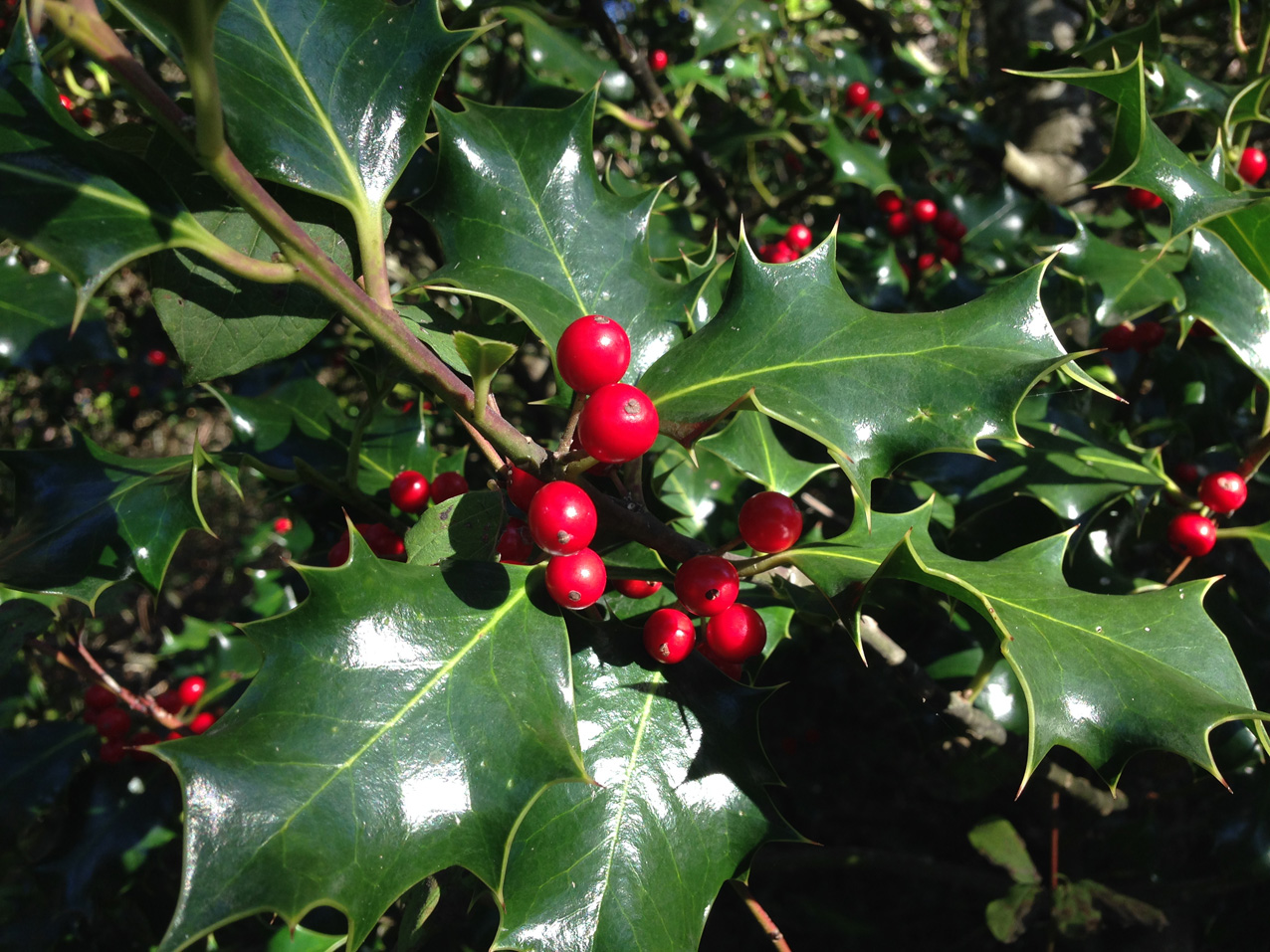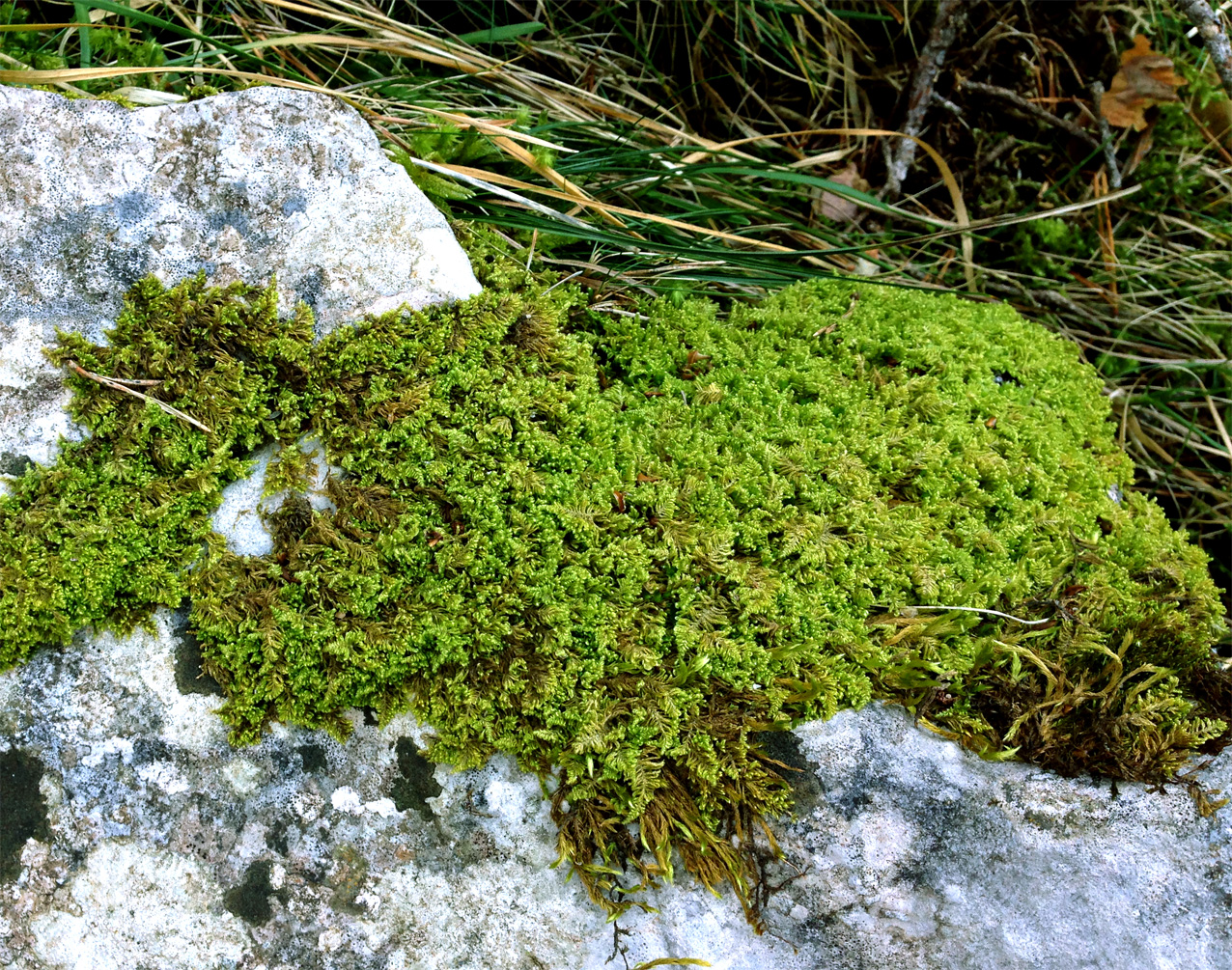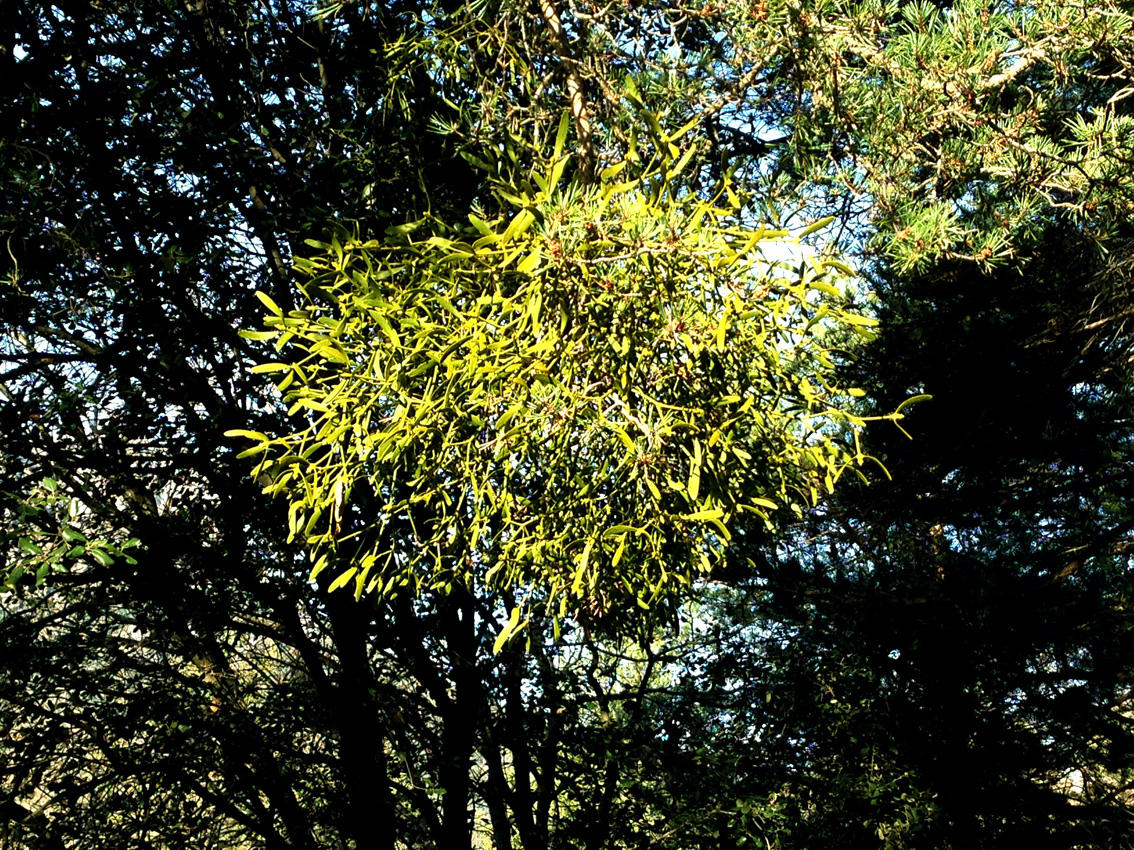A Christmas Forest: the Nature of Festive Decorations

As Christmas draws near, our homes undergo a festive transformation to celebrate one of the most joyful seasons of the year with our loved ones. This year COVID-19 restrictions will make for a different kind of celebration, but even so, homes are starting to look like Christmas with centerpieces, Santa motifs, Advent wreaths, nativity scenes, and all sorts of holiday decorations.
Many of these decorations come from nature, where they form part of the interwoven fabric of life and play a decisive role in maintaining the forest ecosystem.
This is why I would like to invite readers to venture into the Christmas forest and discover the plants that grace the Christmas market stalls. We’ll take a look at their important role in nature, and what we can do to prevent their illegal and destructive harvesting.
Holly (Ilex aquifolium) is one of the most popular shrubs in terms of Christmas decorations. The plant's prickly, dark green leaves, with their smooth, glossy surface, and its famous red berries clustered in between have become synonymous with Christmas. Holly is a mainstay of table centerpieces and the welcome wreaths we hang on our front doors.
This species plays a very important role in the ecosystem of the damp forests of the northern Iberian peninsula. Holly is one of the few shrubs that produces fruit in the middle of winter, making it an important food source for animals, including the endangered wood grouse.

Holly is a very popular plant for Christmas decorations (photo by Jose Luis Gallego)
Furthermore, if we let it grow, holly can become the size of a tree and provide shelter for myriad forest creatures. This is why it is much better to buy holly at a Christmas market or florist rather than heading out into the woods to cut off branches. Make sure the holly you buy comes from a holly farm, which cultivates the plant for commercial purposes and replants its orchard year after year.
We can also craft an artificial spray that looks like holly using a bit of wire, green felt, and a handful of coffee beans painted red. It makes for a fun Christmas-themed recycling workshop for the whole family, and the end result is an original decoration we can use every year.
Butcher's-broom (Ruscus aculeatus) is similar to holly, a stiff shrub that also grows in the forest shade. Its fruit begins to ripen in early autumn and does so until well into December. This is when large, perfectly round berries (resembling marbles) appear at the base of the leaves. Their eye-catching deep red color makes butcher's-broom another decorative Christmas favorite. Butcher’s-broom shares so many characteristics with holly that it is known as knee holly in some parts.
Moss is another vegetative icon of the Christmas forest, given its popularity in nativity scenes. During this time of year, many (too many) illegal gatherers venture into shaded forest areas to rip up large clumps of moss, arranging it on newspaper in wooden boxes and then selling it at the edge of public Christmas markets. This is irresponsible – as well as prohibited under nature conservation laws – and causes serious damage to the forest ecosystem. When we go to a Christmas market to buy moss, it is important to ask about its provenance and check if the seller is officially authorized.

Moss, a non-vascular plant in its natural forest habitat (photo by Jose Luis Gallego)
This genus of bryophytes encompasses various species and provides an essential service in maintaining a balanced forest ecosystem. After it rains, the stems that make up the moss swell and act like small natural reservoirs, because they are composed of hyaline cells called hydrocysts. These function much like the cellulose in diapers: their fibers absorb and retain the moisture in the environment, thus gaining volume. This is why moss looks so spongy around Christmas time, after it has soaked up the autumn rain.
Moss is essential to maintaining the forest microclimate, because it acts like a natural humidifier: throughout autumn and winter, it retains rainwater, which it releases when water levels run low and a lack of rainfall causes the environment to become excessively dry.
Rounding out our decorative list is a very different kind of plant: the famous mistletoe (Viscum album), which is traditionally hung in the house at Christmas to bring good luck. Mistletoe has round, translucent white berries that are jelly-like in appearance with a matte surface. They are very poisonous to humans when ingested. Much like holly and butcher's-broom, mistletoe also ripens around this time, and tradition states that if we let it dry in our homes, it will bring good luck for the coming year.

Mistletoe surrounded by pines in its natural habitat (photo by Jose Luis Gallego)
What sets mistletoe apart is that it isn't an independent plant but a parasite of the pine, a “guest” of the tree that spreads across its crown and occasionally forms large, round, hanging clusters. As a result, many might think that they are helping the tree by liberating it from the parasite. But this is not the case. As a general rule, we should let processes in nature run their course without interfering, because when we do, we alter the rules of natural selection.
When it comes to mistletoe, the furtive gatherers eager to meet the Christmas-related demand don't climb the tree to carefully and patiently cut the coveted plant with scissors – no, they fell the entire tree and remove the mistletoe once it is down on the ground. Again, we should inquire about its origin before buying mistletoe in order to prevent the collateral damage associated with our Christmas decorations.
